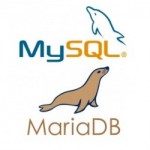Article from Tcat Houser editor-in-chief of TRCBNews.com
Certainly I ignited a small fire regarding the Open Source Office Suites Versus Microsoft Office. Let me state several things for the record.
- I applaud open source efforts
- I enjoy playing with different versions of Linux
- I NEED to use Microsoft Windows
Further, sometimes I NEED to use Microsoft Office.
I am creating this article in LibreOffice Version 4.0.1.2, in a RTF format. And yes, I am using Windows 8 64-bit edition. The reason I NEED Windows can be summed up in two words: Speech Recognition (SR).
Continue reading »

